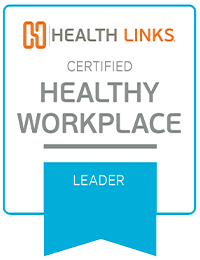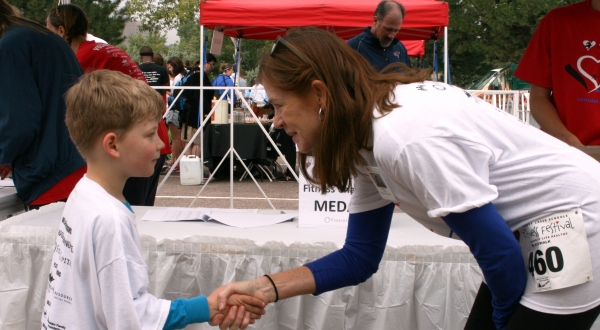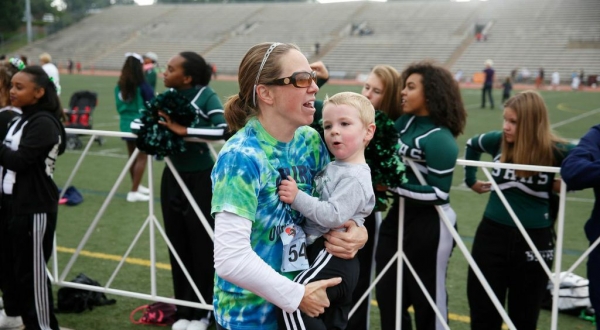
Health Links (HL): Why is the health and wellness of your employees important to you?
Cherry Creek Schools (CCS): The health and wellness of our employees is important to us because we value them as individuals and for what they are able to contribute to the organization. Healthier employees have increased feelings of camaraderie and productivity and decreased stress, absenteeism and presenteeism. Our staff also holds the power to serve as important role models for students and consequently, adult behavior can positively impact the health and well-being of our students.
HL: How will you/do you know your program is successful?
CCS: We gather quantitative and qualitative data to monitor the effectiveness and outcomes of our programming. Depending upon the program, we measure variables such as participation rates, satisfaction rates, increases in knowledge base and behavior change.
HL: What obstacles did you have to overcome to get your program started? How did you overcome them?
CCS: Communication can be a challenge in a large organization and this challenge is ongoing. That said, the good news is that we have a variety of existing electronic, written and face to face communication channels to tap into including: district intranet, monthly electronic employee newsletters, “all staff” emails from the Superintendent, regular administration meetings, flyers, posters and ongoing interactions with our school-based wellness teams and pilot sites. Additionally, as the initiative grows and develops, positive word of mouth increasingly becomes an effective communication tool.
HL: Do you incorporate safety along with your wellness program? If so, what does this look like?
CCS: On a pragmatic level, I (Wellness Coordinator) serve on district level committees for both safety and wellness - The Wellness Leadership Team, Safe Schools Design Team and Psychological Safety/Psychological Wellness Team. As such I (Wellness Coordinator) am able to facilitate connections between the two and help to weave the two areas of focus together. Additionally, on a conceptual level, our district’s safety model/protocol - Readiness and Emergency Management for Schools (REMS) includes wellness language as a key component of prevention and our district’s Comprehensive Wellness Strategy also includes safety as a primary component. At the school level, through coaching and consultation, we work with school staff to help them understand the overlap and provide strategies on how to integrate initiatives.
HL: What tip/advice would you give to a business that is considering starting a workplace wellness program?
CCS: Capitalize on support that is both top down and bottom up. Gain and utilize leadership from the senior level administration as it is critical. At the same time, do not underestimate the power of grass root efforts for developing and maintaining climate and culture change. You need your champions at both levels. Beyond this, collect data and input as you proceed in order to learn from lessons along the way. Wellness can be very personal/individual so aim for opportunities that result in multiple benefits for efficiency (i.e. increase physical activity and increased camaraderie, etc.)


